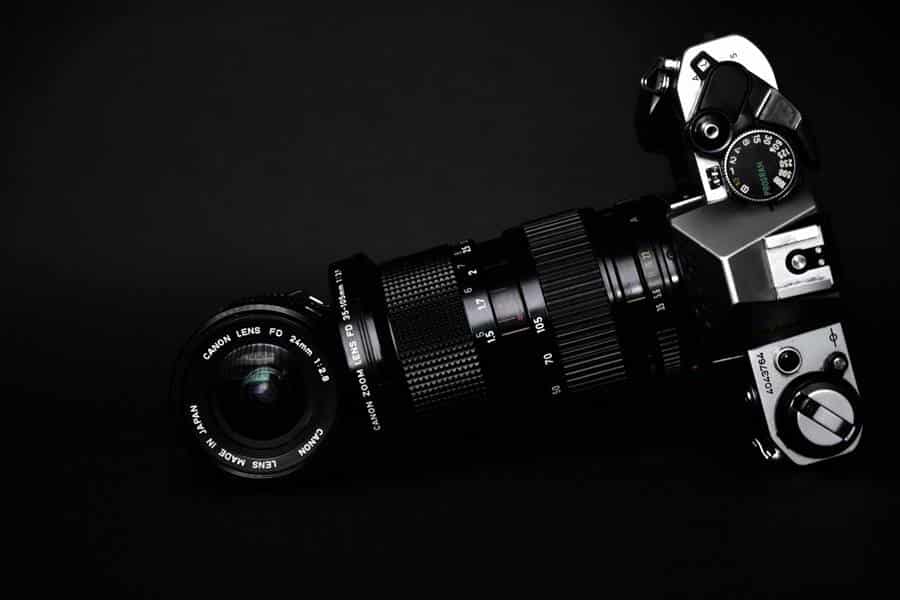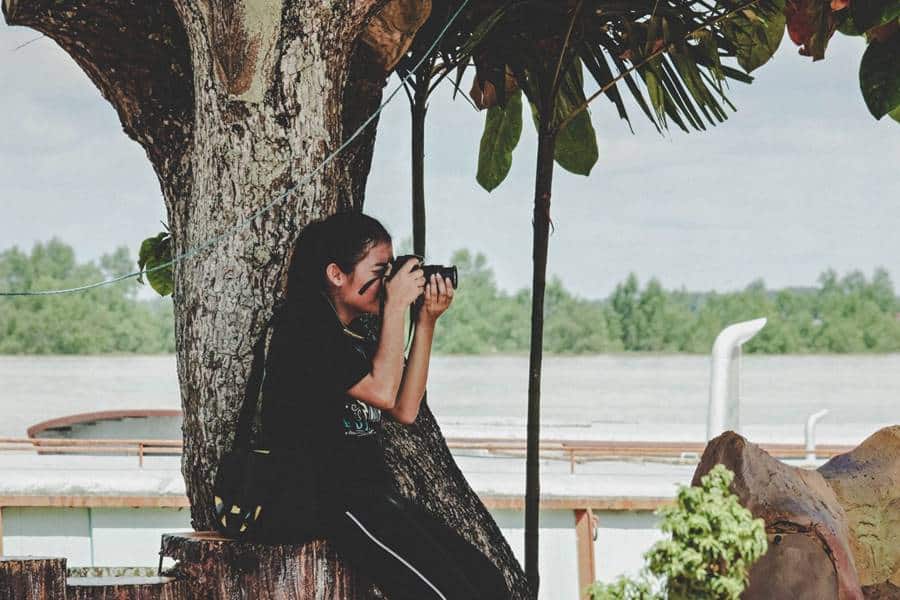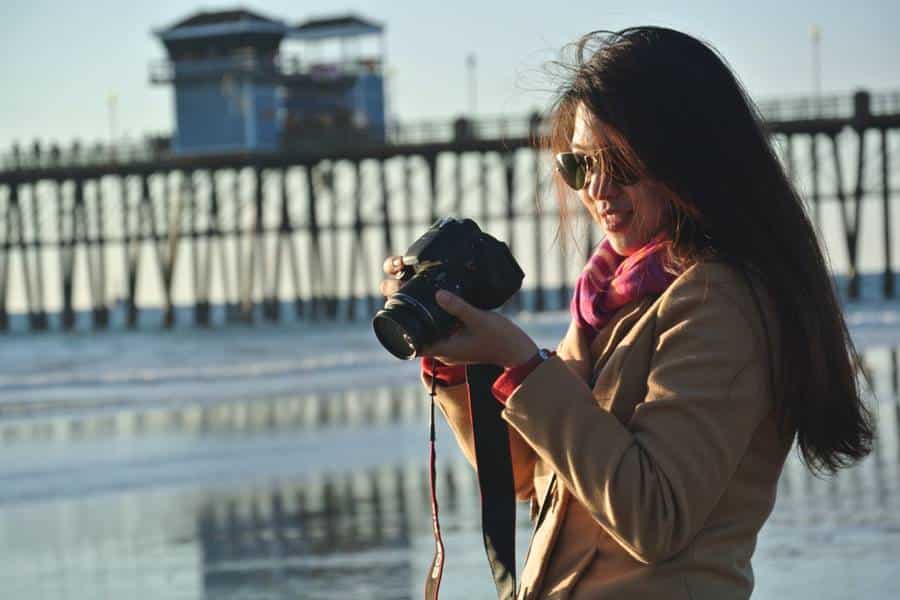Good afternoon friends. Today I am going to provide you a list of the best telephoto lenses for Canon cameras you can use in wildlife photography. It’s no secret that in a photoshoot, “lens” is more important than the camera itself. But still, take a closer look at wildlife photographers. You will often see a good and not cheap telephoto and a middle-class camera body with them.
Some wildlife photographers can boast of a professional “camera body” and a professional lens (this is great!). And not so often will you see a photographer shooting with a professional “brand” with a cheap “lens” screwed on it.
My friends, wildlife photographers, shared their valuable experience of using various lenses, expressed their opinion, praised and scolded the “glass” a little. I think this article will help aspire wildlife photographers, when choosing their first telephoto lens.
Now I want to talk about telephoto lenses exclusively for Canon cameras and give all the possible models suitable for photography in this line. We’ll also discuss what to look out for when choosing a lens for Canon cameras and learn how and where to compare lenses.
So, what should you look at first when choosing a lens for photography?
1. Focal Length
It is undoubtedly one of the essential factors in wildlife photography. Since animals and birds are often photographed from a decent distance, you need long-focus lenses (lenses with a long focal length) or so-called telephoto lenses (in ordinary people – “telephoto”).
Many wildlife photographers talk about the so-called focal “minimum” – the minimum focal length required for photographing animals.
I have heard about the 300mm figure, although opinions sometimes differ. Birds can often be photographed at a smaller focal length (200mm or less). Most often, such shooting is carried out from concealment.
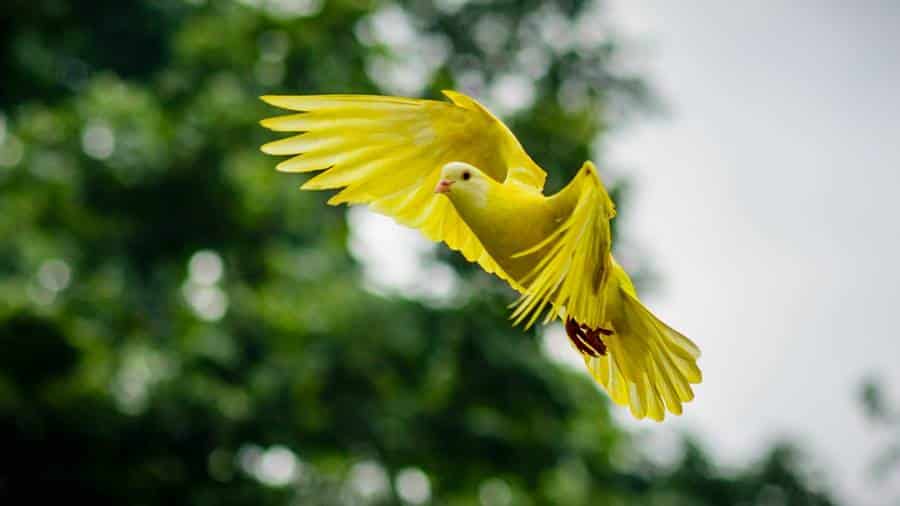
I filmed the wood grouse recently at a focal length of 150mm. If the subject of photography is extremely careful, or the photo-hunting is carried out from the approach, then a more detailed telephoto is desirable. Lenses with a focal length of 400-600mm are suitable here.
In bulk, wildlife photographers operate with focal lengths within 200-600mm (sometimes more). If there is not enough focal length, you can use a teleconverter (for the Canon line, there are 1.4x and 2.0x converters (extenders), which increase the focal length by 1.4x and 2x, respectively.
However, do not forget that shooting at considerable focal lengths is fraught with specific difficulties: the larger the focal length, the less depth of field (the border of the sharply depicted space, at the “far end,” it is pretty challenging to shoot handheld, especially the dynamics, besides, almost all telephoto lenses at the far end are rather “dark”).
2. Telephoto Lens Design
Here we distinguish between telephoto fixes and zooms. These names speak for themselves. “Zoom” is a variable focal length lens (for example, the classic Canon 100-400mm f/4.5-5.6L). That is, the photographer can change the focal length during the photoshoot.
It is very convenient – you can “catch” a bird at 100mm, then zoom in to 400mm and take a picture. It is also very convenient if the subject is very close to you. But convenience comes at a price. Since there are much more lenses in such “lenses,” the picture quality of such telephoto lenses is slightly worse than that of “fixes.”
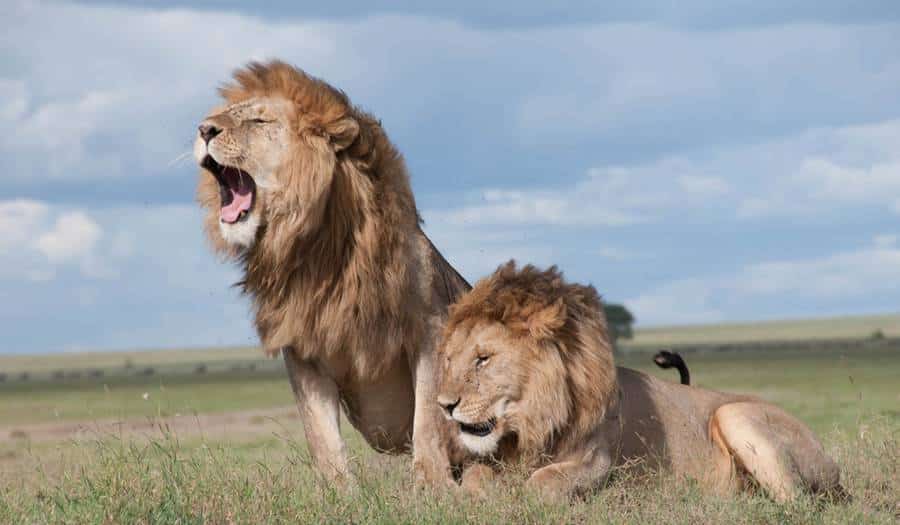
Now about the “fixes”… Probably, as you already understood from the name, this is a lens with a fixed focal length (for example, Canon 400mm f/5.6L). Such lenses have a better picture than zoom lenses but are less convenient because, in some situations, the photographer cannot change the focal length.
“Fixes” are usually chosen by photographers who shoot primarily from shelters, while “zooms” are preferred by “approach photographers.”
3. Lens Aperture
The aperture ratio is characterized by the value of the maximum aperture opening. In simple words, the aperture ratio is a parameter that shows the ability of the lens to transmit light.
Since photographing is usually done in rather tricky conditions (forest, lack of light, etc.), choosing a faster telephoto lens is recommended. But every cloud has a silver lining – a high-aperture “lens” is expensive, so here you should consider your financial capabilities. As a result, considering the ratio “price-quality,” the most optimal choice for a novice animal photographer is telephoto lenses with an aperture ratio of f/4-6.3.
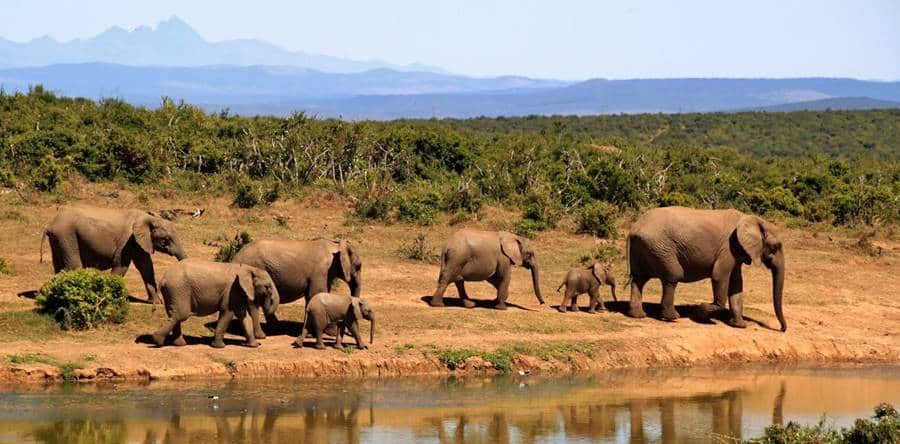
4. The Presence of an Image Stabilizer and An Ultrasonic Motor
The first, respectively, is responsible for image stabilization, and the presence of it on the telephoto lens will allow you to shoot at longer shutter speeds. “Motor” enables the lens to focus faster. For Canon lenses, these markings on lenses look like this:
- IS (Image Stabilization) – Optical Image Stabilization
- USM (UltraSonic Motor) – Ultrasonic Motor
Best Telephoto Lenses for Canon Cameras
So, we talked about the main characteristics when choosing lenses. Let’s imagine that you now know which lens you want and have decided on the approximate cost of your future purchase. I will list below all of Canon’s telephoto lenses that wildlife photographers use in their creative endeavors.
A. Budget Options from Canon
And in fact, there are not so many of them.
- Canon 55-250mm f/4.0-5.6 IS
- Canon 75-300mm f/4.0-5.6 (IS and USM models available)
With a stretch, you can shove another Canon 18-200mm f/3.5-5.6 IS here. Suitable at the very beginning, you can also take pictures of landscapes on it.
B. Canon Professional Series (L Series)
These are serious lenses; they are usually made in a reliable design, many of them in a metal case use high-quality materials and optics. Accordingly, these lenses are much more expensive than their older counterparts.
Fixed Focal Length Lenses (“Fixed”):
Variable Focal Length Lenses (“Zooms”):
- Canon 70-200mm f/2.8L (IS and USM models available)
- Canon 70-200mm f/4L USM (IS model available)
- Canon 70-300mm f/4-5.6 L IS USM
- Canon 28-300mm f/3.5-5.6L IS USM
- Canon 100-400mm f/4.5-5.6 IS USM (comes in two versions)
And the most expensive models in this professional “line”:
- Canon 300mm f/2.8L IS USM
- Canon 400mm f/2.8LS USM
- Canon 500mm f/4L IS USM
- Canon 600mm f/4L IS USM
- Canon 800mm f/5.6L IS USM
- Canon 200-400mm f/4L IS USM
- Canon 200mm f/2.0L IS USM
This line also includes Canon Extender 1.4x and 2.0x converters, which work only with L-series lenses and no others.
C. Lenses from Third Parties
These are usually Sigma and Tamron. And although according to numerous reviews and tests, they are slightly inferior in quality to native Canon lenses, there are also very decent telephoto lenses.
- Sigma 120-400 f/4.0-5.6 APO DG OS HSM
- Sigma 50-500 f/4.0-6.3 APO DG OS HSM
- Sigma 150-500 f/5-6.3 APO DG OS HSM
- Sigma 150-600 f/5.6-6.3 DG OS HSM
- Tamron 150-600 f/5-6.3 DI VC USD
So, we made up our minds and chose a few lenses that fit into our budget niche. But how can we compare lenses and find out which one is better?
Well, that’s all for today, friends. Now we have learned how to choose and compare lenses for photography, learned what telephoto lenses for Canon exist in the market. I hope this article will help you to choose the best telephoto lenses for Canon cameras and wildlife photography. I wish you exciting encounters with wildlife and good pictures.
